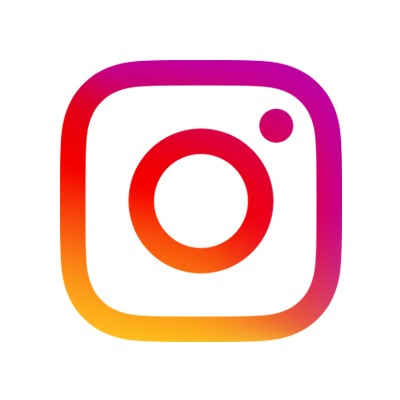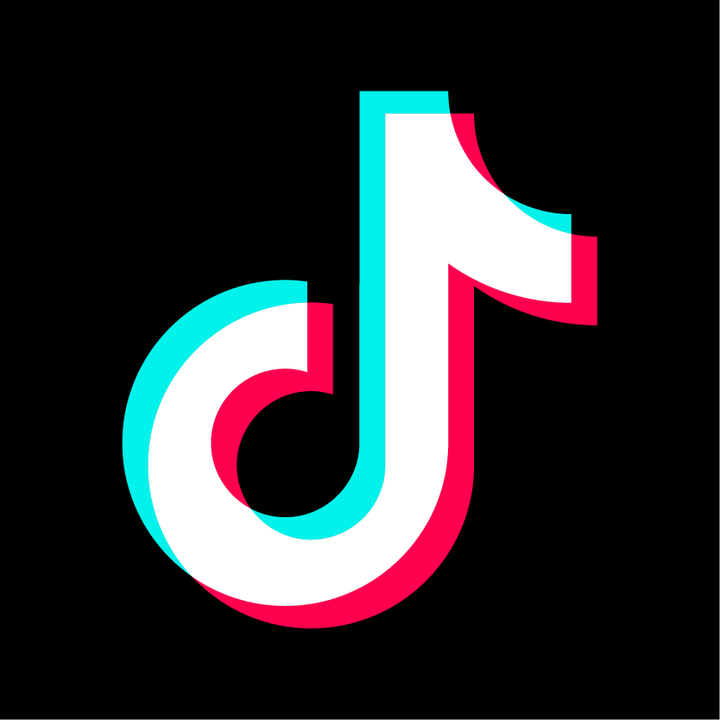The TikTok Tidal Wave: What a Ban Could Mean for America
January 18, 2025, 3:46 pm

Location: United States, California, Menlo Park
Employees: 1001-5000
Founded date: 2010
Total raised: $40M

Location: United States, California, Santa Monica
Employees: 5001-10000
Founded date: 2016
Total raised: $300K
The clock is ticking. As the January 19 deadline looms, TikTok stands on the precipice of a potential ban in the United States. The stakes are high. With 170 million users in the U.S. alone, the impact of a shutdown would ripple through the digital landscape. Advertisers, influencers, and everyday users are bracing for a seismic shift.
The atmosphere is charged. Advertisers are scrambling. They’re in a “hair on fire” moment, frantically devising contingency plans. Just weeks ago, many believed a solution was imminent. Now, uncertainty reigns. The app, a powerhouse for reaching younger audiences, has become a cornerstone of digital marketing. It has grown from a mere 2% of U.S. social media ad spending in 2020 to a staggering 20% today. This is no small feat. TikTok has transformed the advertising game, making it a vital tool for brands looking to connect with the youth.
But the clock is ticking. The U.S. Supreme Court has upheld a law that could ban TikTok unless its Chinese parent company, ByteDance, sells its U.S. assets. The stakes are not just financial; they’re national security concerns. The government fears that user data could be accessed by the Chinese government. It’s a digital chess game, and the pieces are moving fast.
TikTok’s CEO, Chew Shou Zi, is in a tight spot. He’s been lobbying hard, seeking a last-minute reprieve. The company has warned that it will “go dark” if the Biden administration doesn’t provide assurances. The incoming Trump administration is now in the spotlight. Can it find a way to keep TikTok alive? Or will it let the app slip into the abyss?
The ramifications of a ban are profound. Influencers are already feeling the heat. Many are downloading their data, hoping to salvage years of content. They’re like lifeguards at a drowning beach, trying to save what they can before the tide pulls everything away. One influencer, with a following of nearly 16,000, shared tips on how to save videos. The urgency is palpable.
Brands are also in a frenzy. They’ve relied on TikTok to drive e-commerce sales. Research shows that 43.8% of U.S. TikTok users made a purchase on the platform by the end of 2024. That’s a powerful statistic. Losing access to TikTok would mean losing a significant revenue stream. Advertisers are now eyeing alternatives, but nothing compares to TikTok’s unique blend of entertainment and commerce.
As the deadline approaches, the competition is heating up. Instagram Reels and YouTube Shorts are poised to benefit from a TikTok shutdown. They’re like vultures circling a carcass, ready to swoop in and claim the audience. TikTok’s users are already exploring alternatives, with many turning to Xiaohongshu, a Chinese app similar to Instagram. It’s a digital exodus, as users seek refuge from the impending storm.
The landscape is shifting. TikTok has cultivated a vibrant community of creators and brands. It’s not just a platform; it’s a cultural phenomenon. The app has changed how we consume content. It has democratized fame, allowing anyone with a smartphone to become a star. A ban would not only disrupt the advertising ecosystem but also silence countless voices that have found a home on the platform.
The legal battles are far from over. The Biden administration has left the matter to Trump’s incoming government. Will Trump’s team find a way to navigate the legal maze? Or will they let the law take its course? Experts warn that an executive order may not be enough to override existing legislation. The law is designed to be “president-proof.” It’s a tangled web of politics and technology.
As the deadline looms, the uncertainty is palpable. TikTok users are on edge, waiting for news. Will they wake up to a dark screen on Sunday? Or will there be a last-minute reprieve? The digital world is holding its breath.
In the end, the TikTok saga is more than just a story about an app. It’s a reflection of our times. It highlights the intersection of technology, politics, and culture. It’s a reminder that in the digital age, nothing is guaranteed. The tides can turn in an instant.
As we stand on the brink of this potential ban, one thing is clear: the digital landscape is in flux. The future of TikTok hangs in the balance, and with it, the fate of millions of users, brands, and influencers. The clock is ticking, and the world is watching.
The atmosphere is charged. Advertisers are scrambling. They’re in a “hair on fire” moment, frantically devising contingency plans. Just weeks ago, many believed a solution was imminent. Now, uncertainty reigns. The app, a powerhouse for reaching younger audiences, has become a cornerstone of digital marketing. It has grown from a mere 2% of U.S. social media ad spending in 2020 to a staggering 20% today. This is no small feat. TikTok has transformed the advertising game, making it a vital tool for brands looking to connect with the youth.
But the clock is ticking. The U.S. Supreme Court has upheld a law that could ban TikTok unless its Chinese parent company, ByteDance, sells its U.S. assets. The stakes are not just financial; they’re national security concerns. The government fears that user data could be accessed by the Chinese government. It’s a digital chess game, and the pieces are moving fast.
TikTok’s CEO, Chew Shou Zi, is in a tight spot. He’s been lobbying hard, seeking a last-minute reprieve. The company has warned that it will “go dark” if the Biden administration doesn’t provide assurances. The incoming Trump administration is now in the spotlight. Can it find a way to keep TikTok alive? Or will it let the app slip into the abyss?
The ramifications of a ban are profound. Influencers are already feeling the heat. Many are downloading their data, hoping to salvage years of content. They’re like lifeguards at a drowning beach, trying to save what they can before the tide pulls everything away. One influencer, with a following of nearly 16,000, shared tips on how to save videos. The urgency is palpable.
Brands are also in a frenzy. They’ve relied on TikTok to drive e-commerce sales. Research shows that 43.8% of U.S. TikTok users made a purchase on the platform by the end of 2024. That’s a powerful statistic. Losing access to TikTok would mean losing a significant revenue stream. Advertisers are now eyeing alternatives, but nothing compares to TikTok’s unique blend of entertainment and commerce.
As the deadline approaches, the competition is heating up. Instagram Reels and YouTube Shorts are poised to benefit from a TikTok shutdown. They’re like vultures circling a carcass, ready to swoop in and claim the audience. TikTok’s users are already exploring alternatives, with many turning to Xiaohongshu, a Chinese app similar to Instagram. It’s a digital exodus, as users seek refuge from the impending storm.
The landscape is shifting. TikTok has cultivated a vibrant community of creators and brands. It’s not just a platform; it’s a cultural phenomenon. The app has changed how we consume content. It has democratized fame, allowing anyone with a smartphone to become a star. A ban would not only disrupt the advertising ecosystem but also silence countless voices that have found a home on the platform.
The legal battles are far from over. The Biden administration has left the matter to Trump’s incoming government. Will Trump’s team find a way to navigate the legal maze? Or will they let the law take its course? Experts warn that an executive order may not be enough to override existing legislation. The law is designed to be “president-proof.” It’s a tangled web of politics and technology.
As the deadline looms, the uncertainty is palpable. TikTok users are on edge, waiting for news. Will they wake up to a dark screen on Sunday? Or will there be a last-minute reprieve? The digital world is holding its breath.
In the end, the TikTok saga is more than just a story about an app. It’s a reflection of our times. It highlights the intersection of technology, politics, and culture. It’s a reminder that in the digital age, nothing is guaranteed. The tides can turn in an instant.
As we stand on the brink of this potential ban, one thing is clear: the digital landscape is in flux. The future of TikTok hangs in the balance, and with it, the fate of millions of users, brands, and influencers. The clock is ticking, and the world is watching.

